Skyscrapers are marvels of modern engineering and design, standing tall as symbols of human innovation and progress. These towering structures not only shape the skylines of cities around the world but also represent the cultural and economic aspirations of their locations. In this article, we explore the top 13 most iconic skyscrapers in the world, each renowned for its unique architectural features, historical significance, and impact on the surrounding urban landscape. From the soaring heights of the Burj Khalifa in Dubai to the classic elegance of New York’s Empire State Building, these skyscrapers are celebrated landmarks that continue to inspire awe and admiration.
Burj Khalifa, Dubai, UAE
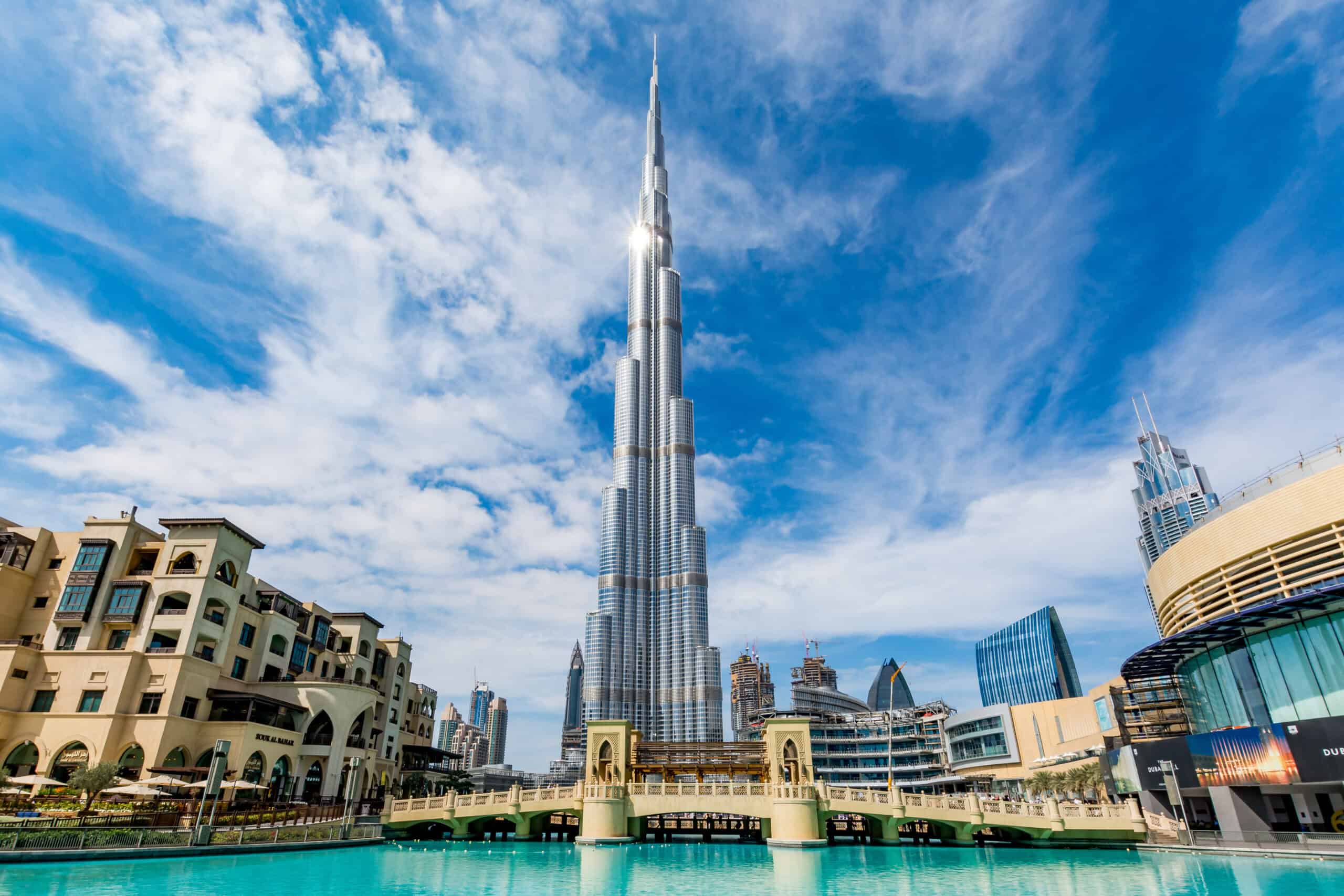
Standing at an awe-inspiring 828 meters, the Burj Khalifa in Dubai is currently the tallest building in the world. Completed in 2010, this architectural marvel features a unique Y-shaped design inspired by Islamic architecture. The Burj Khalifa houses a mix of residential, office, and hotel spaces, with an observation deck on the 148th floor offering stunning views of Dubai. Its sleek, tapering form and advanced engineering techniques symbolize the city’s rapid development and ambition, making it a global icon and a testament to human ingenuity.
Empire State Building, New York, USA
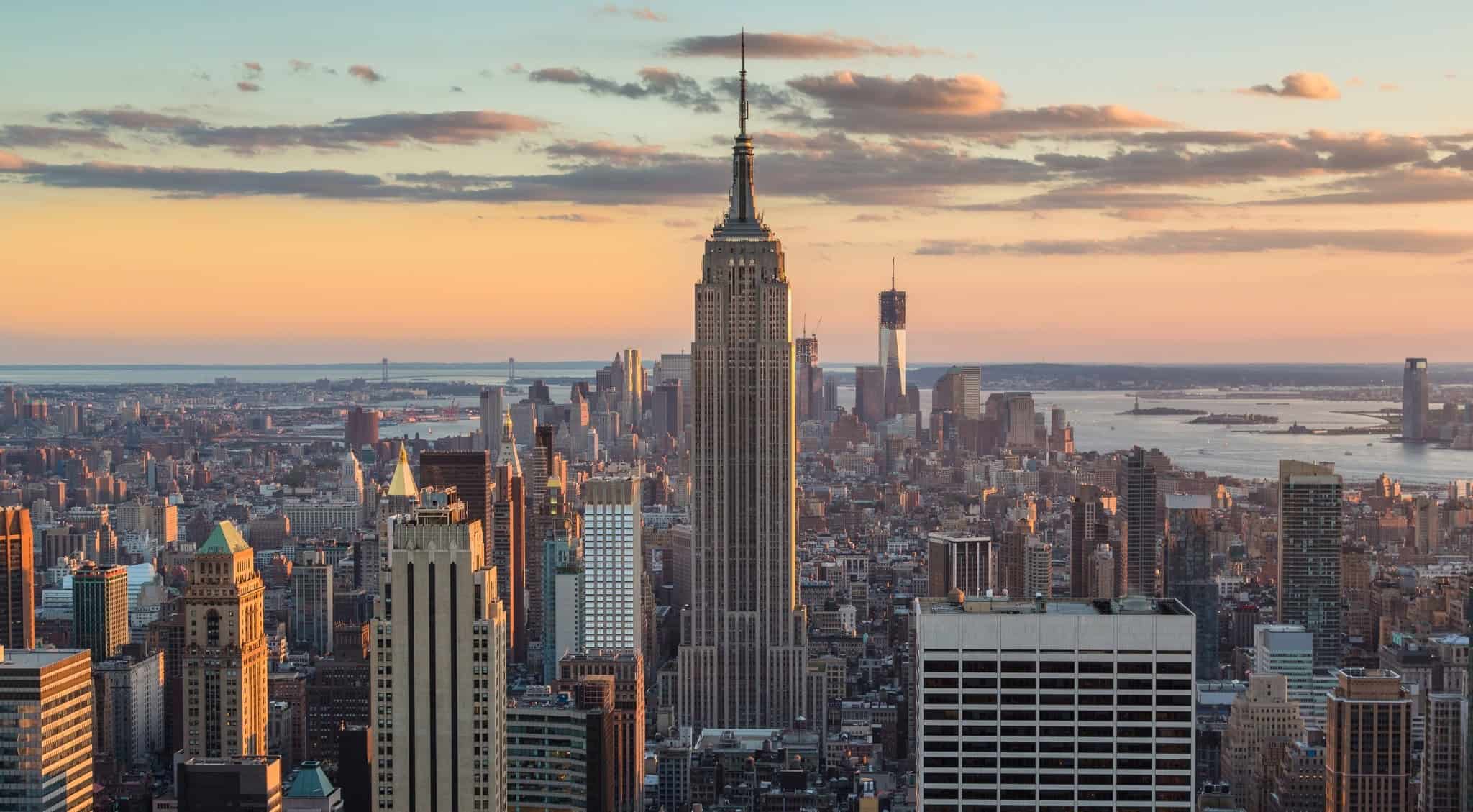
The Empire State Building, completed in 1931, is an Art Deco masterpiece and one of the most recognizable skyscrapers in the world. Standing at 443 meters, including its antenna, this New York City landmark was the tallest building globally for nearly four decades. Its distinctive design features a symmetrical facade, stepped spire, and ornamental details. The Empire State Building is an enduring symbol of American ambition and resilience, attracting millions of visitors annually to its observation decks, which offer panoramic views of the city.
Willis Tower (Sears Tower), Chicago, USA
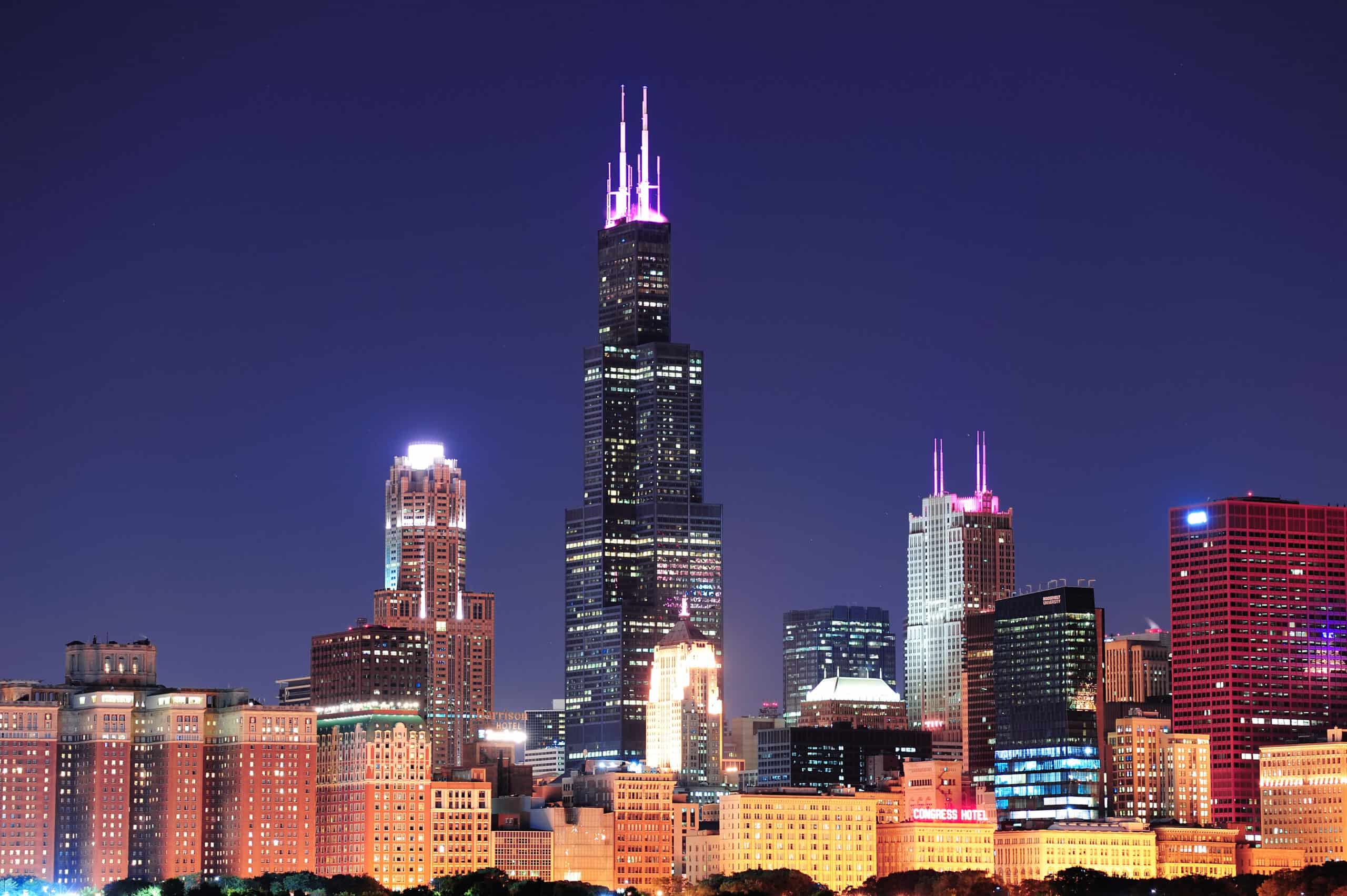
Originally known as the Sears Tower, the Willis Tower held the title of the world’s tallest building from its completion in 1973 until 1998. This 442-meter-tall skyscraper is an iconic part of Chicago’s skyline, renowned for its innovative bundled-tube structural design, which allows it to withstand strong winds. The Willis Tower features a popular Skydeck on the 103rd floor, where visitors can step out onto The Ledge, a glass balcony extending 1.3 meters from the building. Its pioneering architecture and impressive height continue to make the Willis Tower a symbol of Chicago’s architectural heritage.
Petronas Twin Towers, Kuala Lumpur, Malaysia
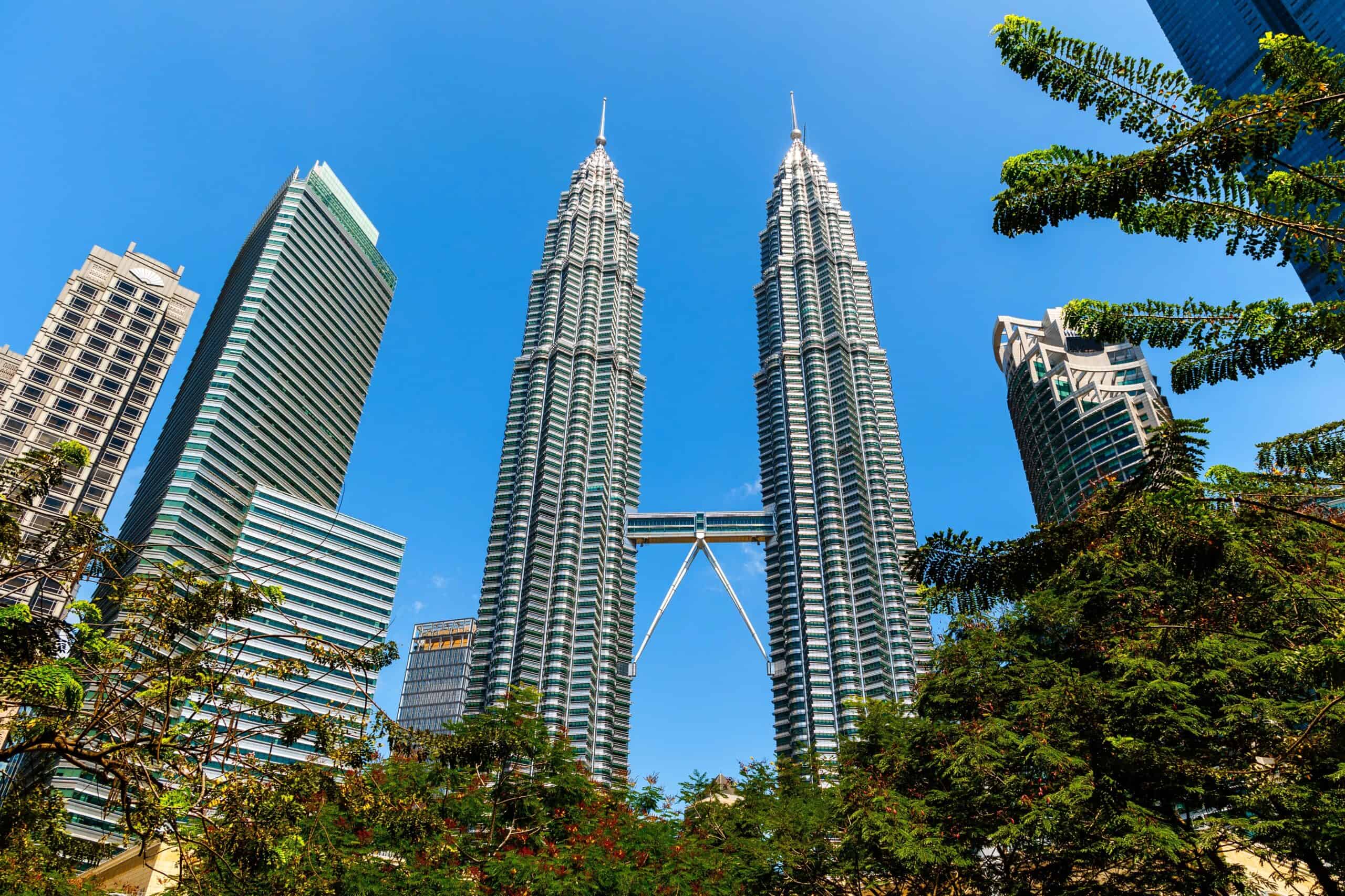
The Petronas Twin Towers, completed in 1998, are an iconic symbol of Kuala Lumpur and Malaysia’s economic growth. Standing at 452 meters, these twin skyscrapers were the tallest buildings in the world until 2004. Designed by architect César Pelli, the towers feature a striking Islamic-inspired design with interlocking steel and glass facades. The Skybridge, which connects the two towers on the 41st and 42nd floors, offers breathtaking views of the city. The Petronas Twin Towers are celebrated for their distinctive design and their role in representing Malaysia’s modernization and progress.
Shanghai Tower, Shanghai, China
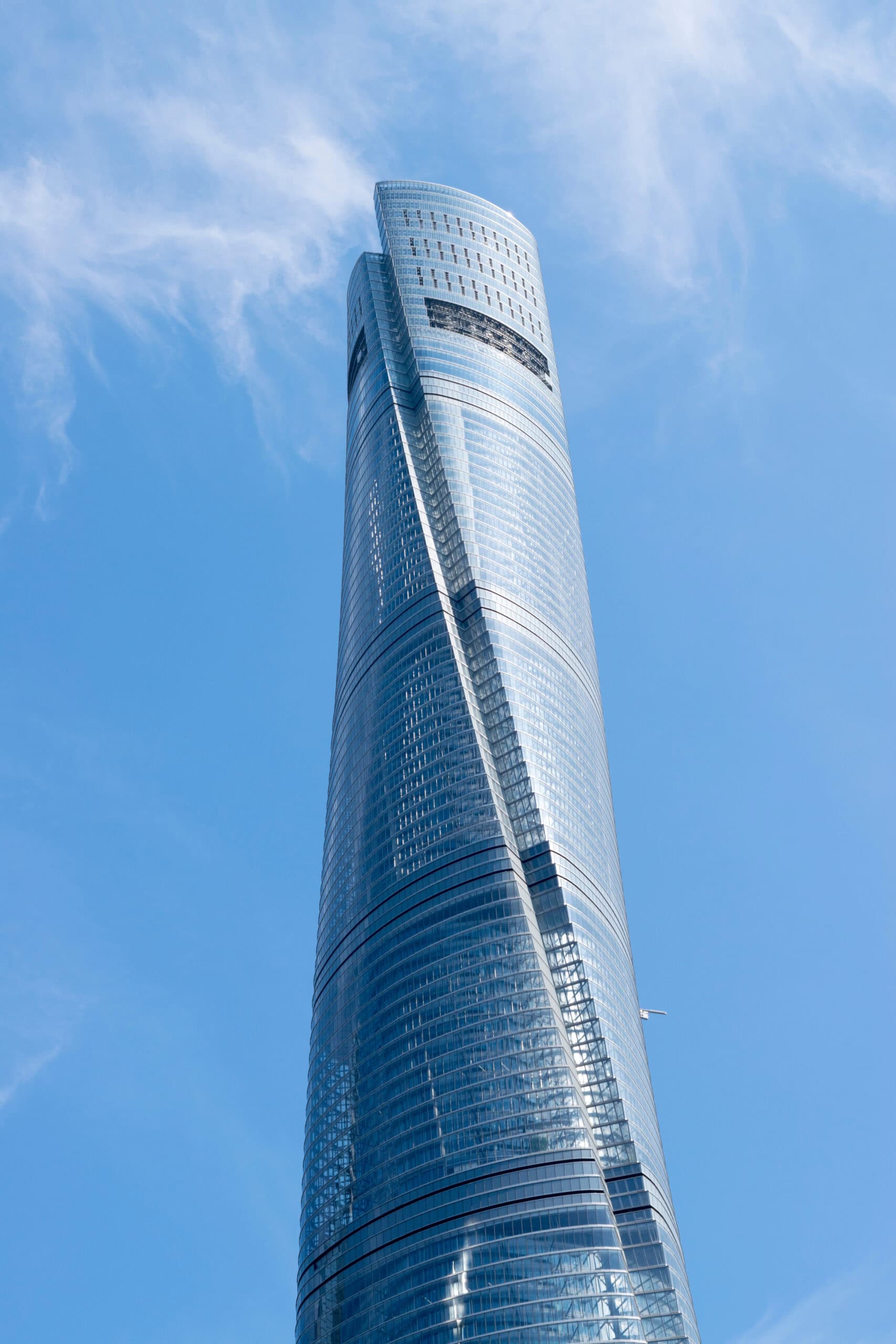
The Shanghai Tower, completed in 2015, is a stunning example of modern skyscraper design and sustainability. At 632 meters, it is the tallest building in China and the second tallest globally. The tower’s twisting form, designed to reduce wind loads, features a double-skin facade that enhances energy efficiency. Inside, the Shanghai Tower houses offices, hotels, retail spaces, and observation decks. Its cutting-edge design and commitment to sustainability make the Shanghai Tower a standout structure in the rapidly growing city of Shanghai.
Chrysler Building, New York, USA
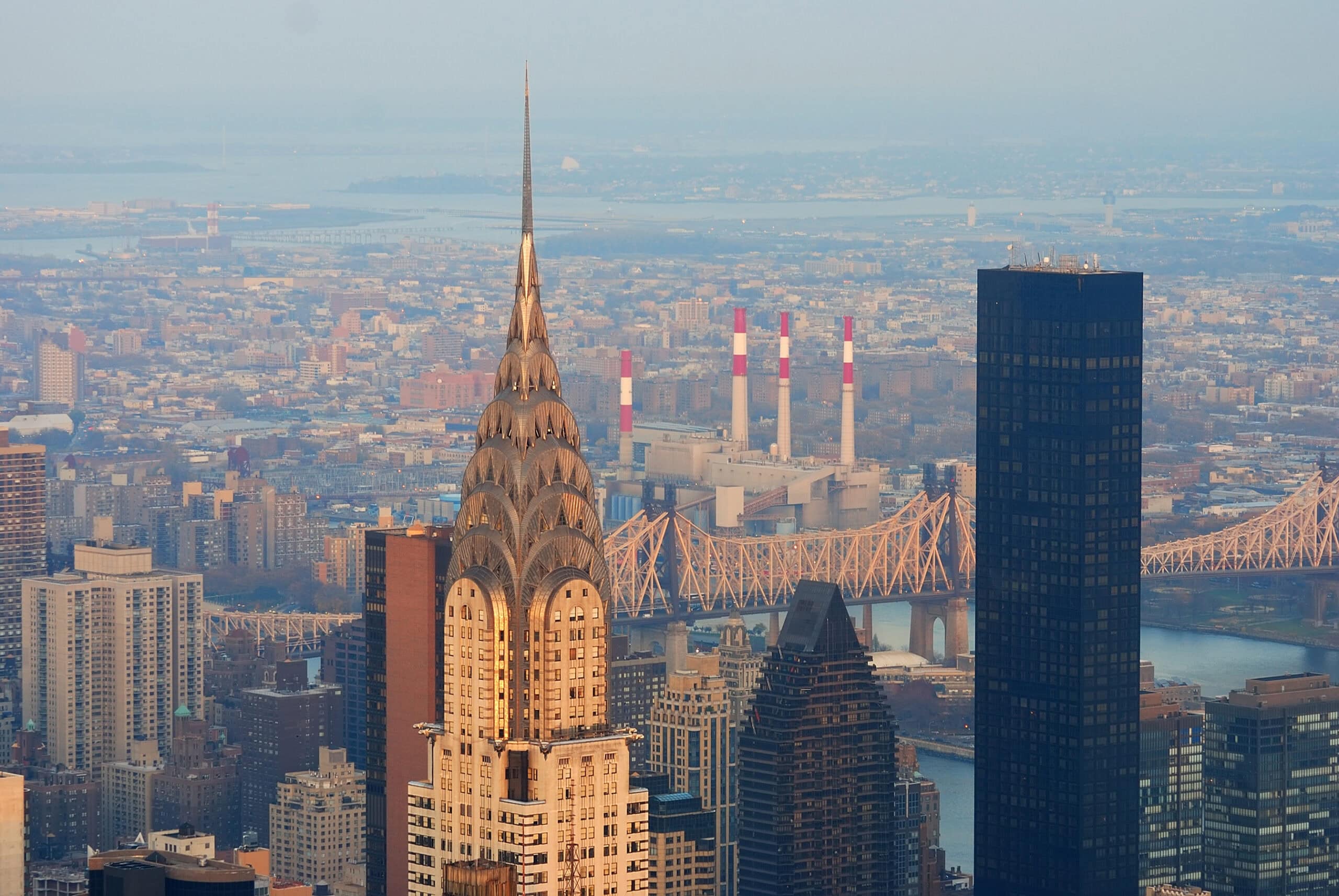
The Chrysler Building, completed in 1930, is an Art Deco icon and one of New York City’s most beloved skyscrapers. Standing at 319 meters, it was briefly the tallest building in the world before being surpassed by the Empire State Building. The Chrysler Building’s distinctive features include its terraced crown, adorned with stainless steel cladding, and its ornate spire. The building’s automotive-themed decorations, such as eagle gargoyles and hubcap motifs, reflect its original purpose as the headquarters for the Chrysler Corporation. Its timeless elegance and distinctive design make it a symbol of New York’s architectural heritage.
The Shard, London, UK
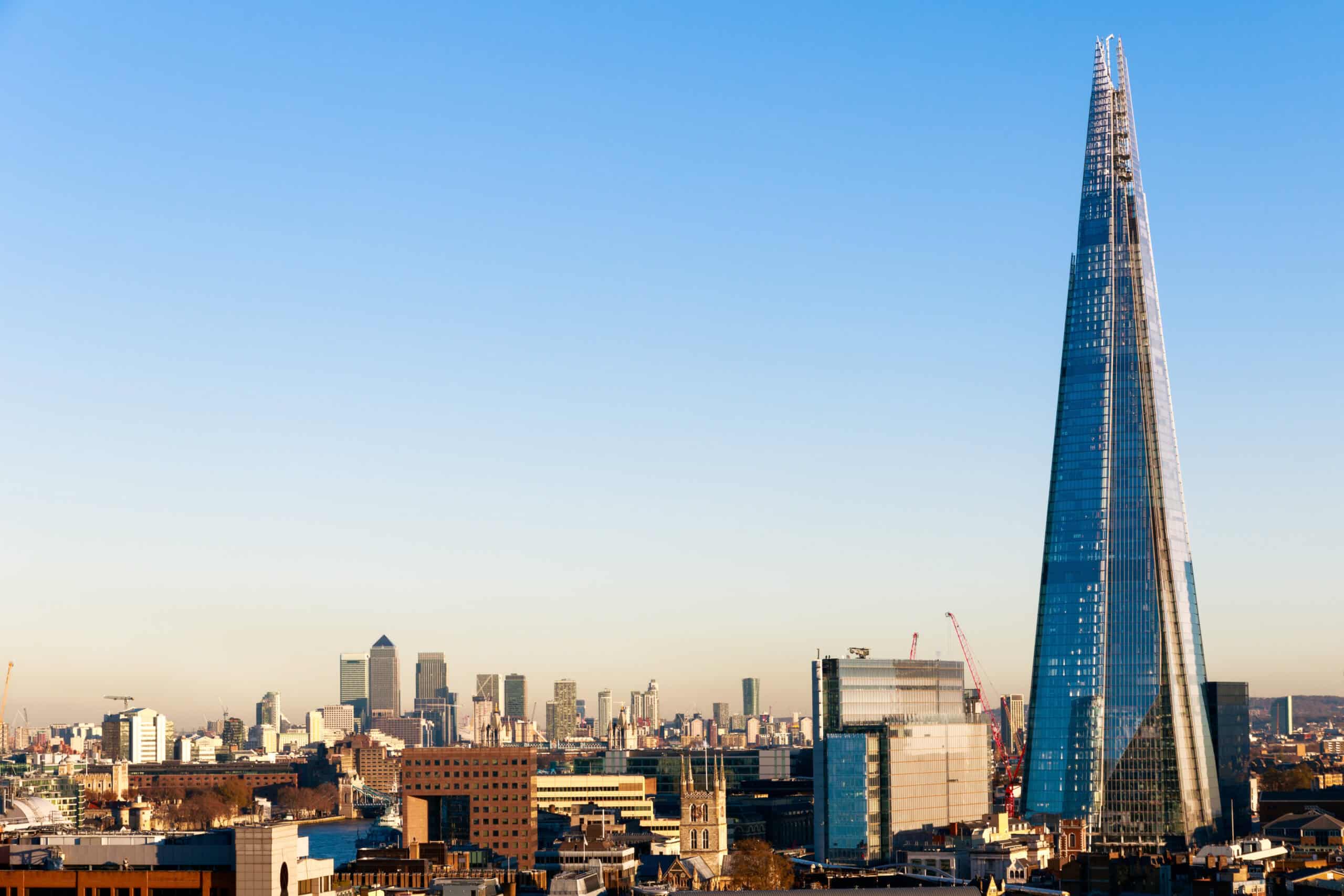
The Shard, completed in 2012, is a striking addition to London’s skyline and the tallest building in the United Kingdom. Designed by architect Renzo Piano, this 310-meter-tall skyscraper features a unique glass facade that tapers to a point, resembling a shard of glass. The Shard houses a mix of offices, residences, hotels, and restaurants, along with an observation deck on the 72nd floor offering panoramic views of London. Its innovative design and prominent location near London Bridge make The Shard an iconic symbol of modern London.
One World Trade Center, New York, USA
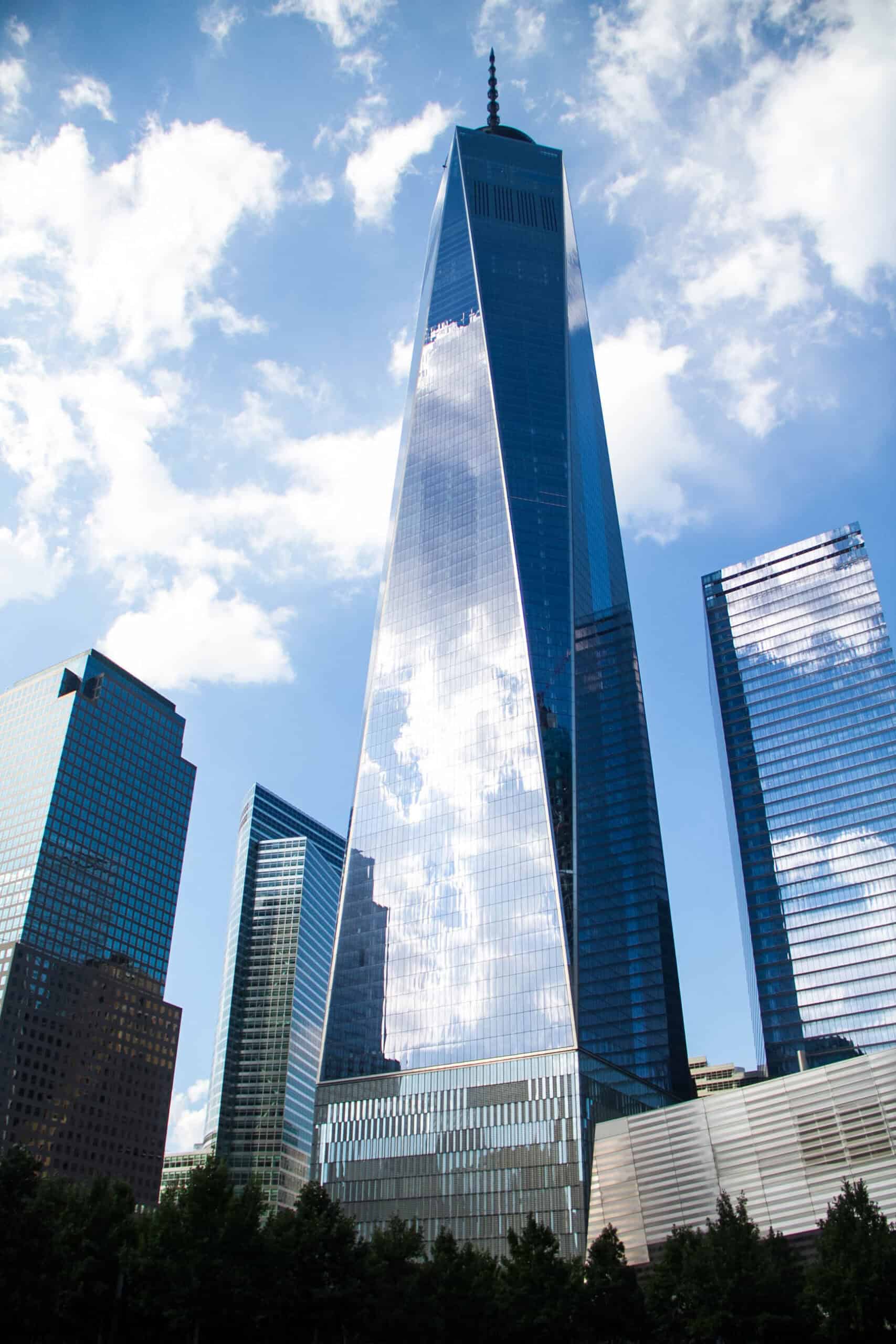
One World Trade Center, also known as the Freedom Tower, stands as a symbol of resilience and renewal. Completed in 2013, this 541-meter-tall skyscraper is the tallest building in the Western Hemisphere. Its design features a glass facade that reflects the sky, and its spire reaches a symbolic height of 1,776 feet, referencing the year of American independence. One World Trade Center serves as a prominent feature of the rebuilt World Trade Center complex, housing offices, an observatory, and the 9/11 Memorial Museum. Its significance and striking design make it a powerful and iconic presence in New York City.
Taipei 101, Taipei, Taiwan
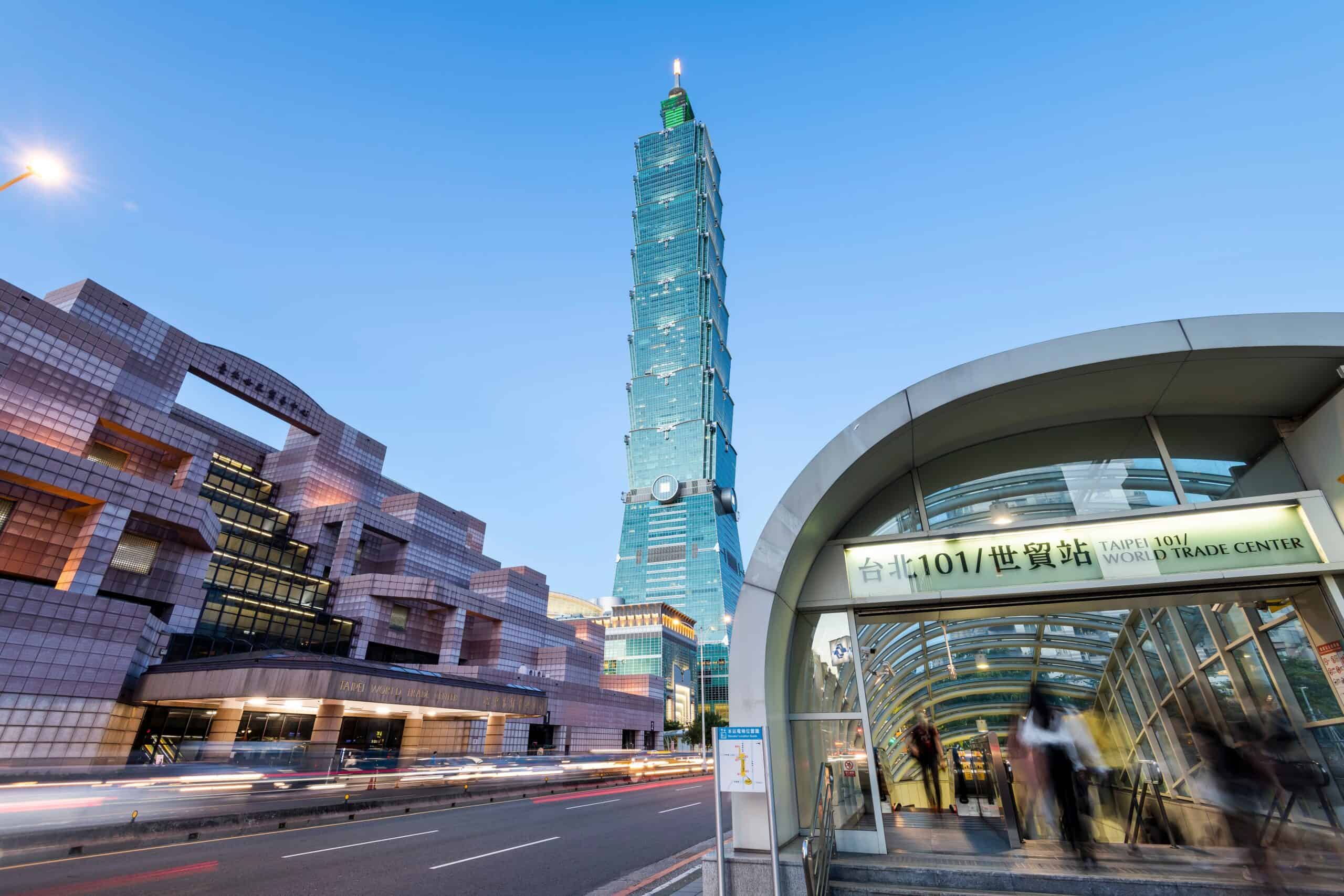
Taipei 101, completed in 2004, was the world’s tallest building until 2010. Standing at 508 meters, this skyscraper is renowned for its innovative design and engineering. Its tiered structure, inspired by traditional Chinese pagodas, incorporates elements of feng shui and symbolizes growth and prosperity. Taipei 101 features one of the fastest elevators in the world, whisking visitors to the observation deck on the 89th floor in just 37 seconds. The building’s green initiatives, such as rainwater recycling and energy-efficient systems, have earned it LEED Platinum certification, making Taipei 101 a model of sustainable skyscraper design.
Marina Bay Sands, Singapore
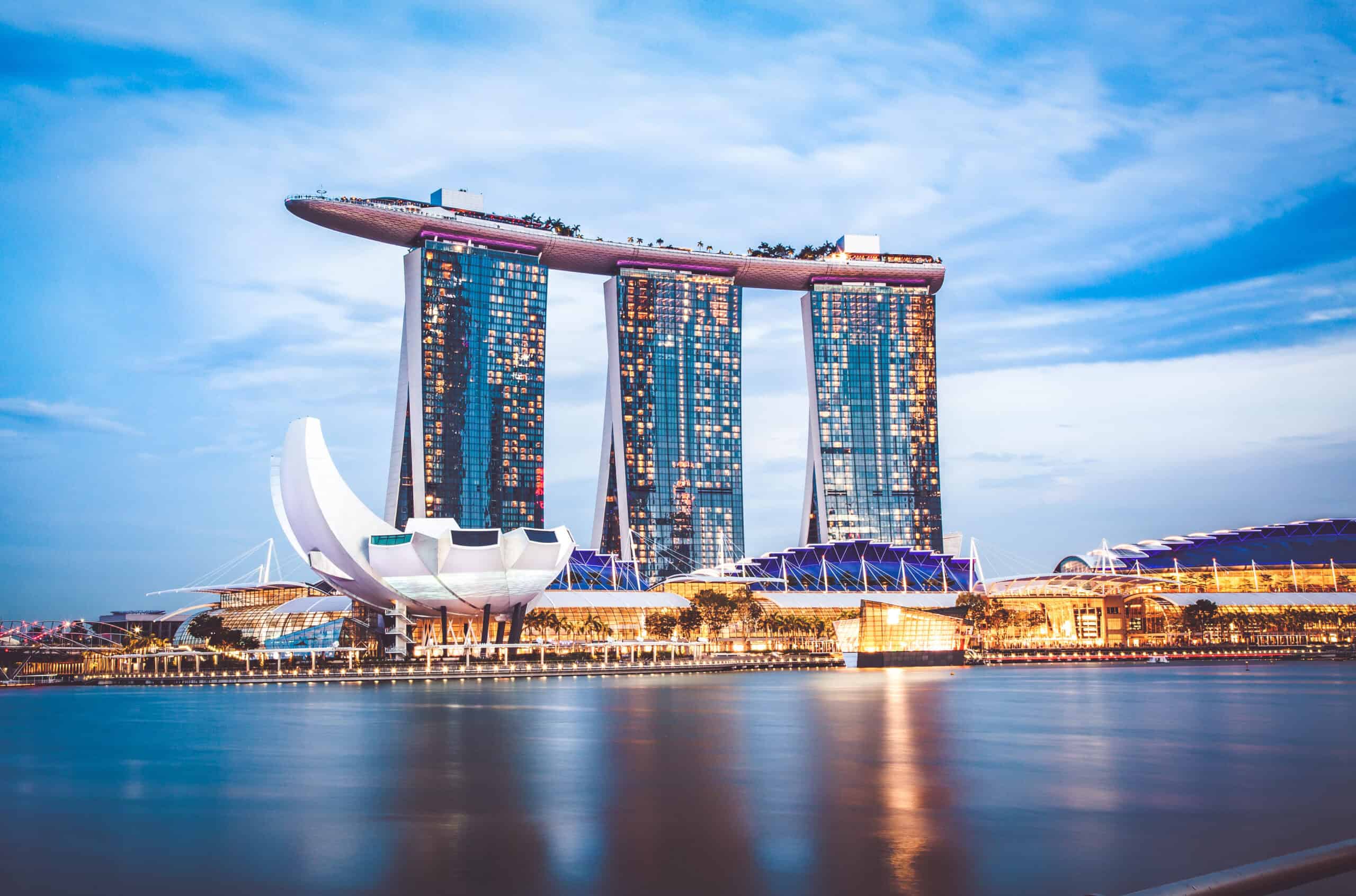
Marina Bay Sands, completed in 2010, is an architectural and engineering marvel that has become a symbol of Singapore’s skyline. This integrated resort features three 55-story towers connected by a massive sky park, which includes an infinity pool offering breathtaking views of the city. The complex also houses a luxury hotel, a casino, a shopping mall, and a convention center. Designed by architect Moshe Safdie, Marina Bay Sands is celebrated for its innovative design and its role in transforming Singapore into a global destination for tourism and business.
Burj Al Arab, Dubai, UAE
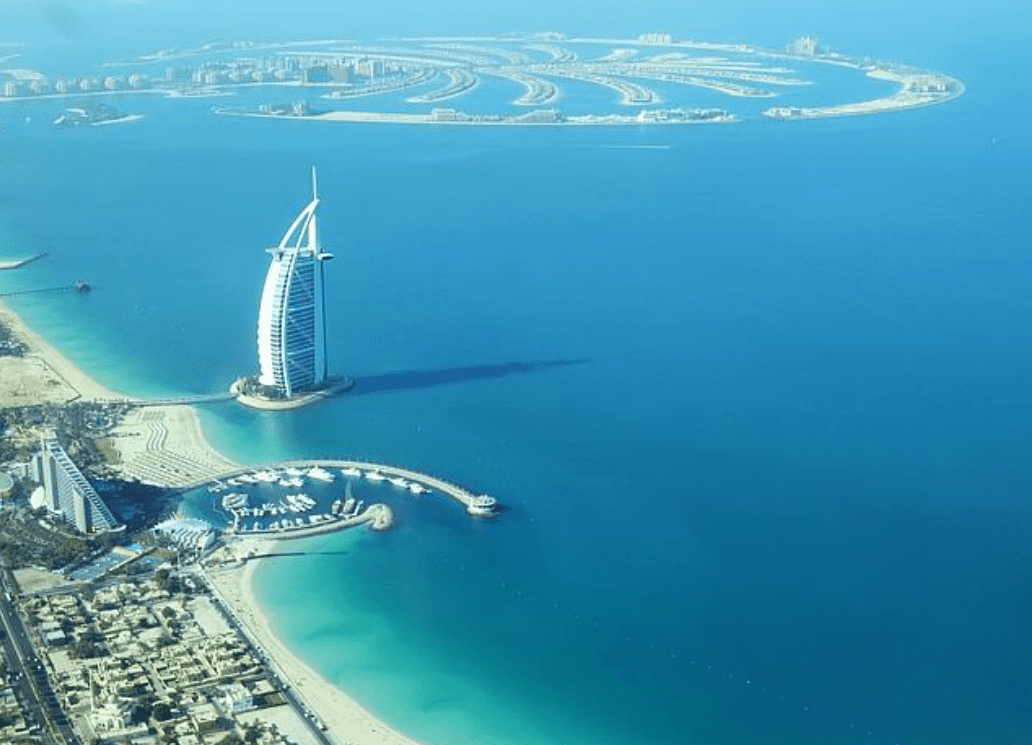
The Burj Al Arab, completed in 1999, is one of the most luxurious hotels in the world and a symbol of modern Dubai. This sail-shaped building stands on an artificial island and reaches a height of 321 meters. The Burj Al Arab’s opulent interiors feature lavish suites, private butler service, and a fleet of Rolls-Royce cars for guests. Its unique design, which resembles a billowing sail, and its status as a luxury icon make the Burj Al Arab a standout structure in the world of hospitality and architecture.
Gherkin (30 St Mary Axe), London, UK
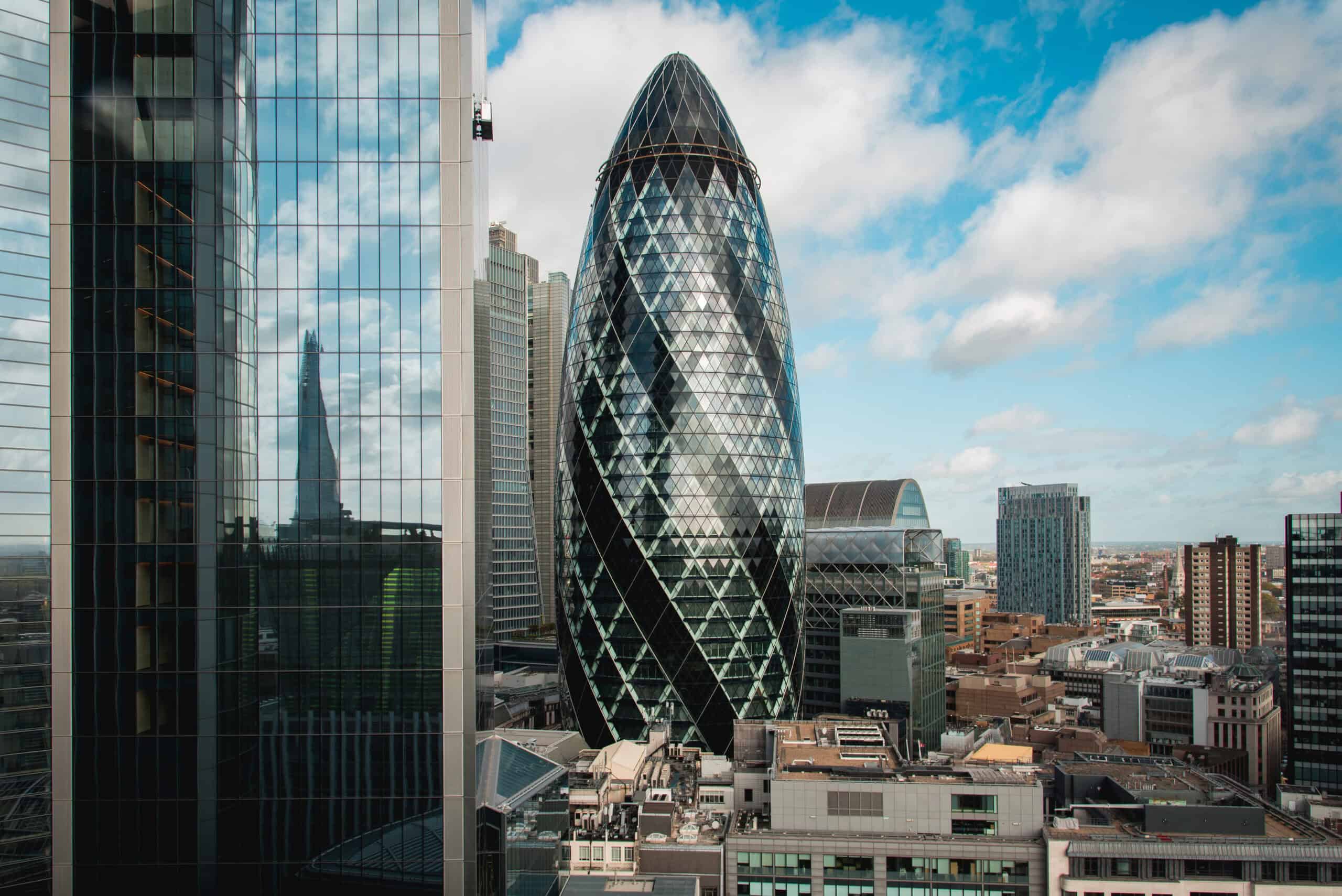
The Gherkin, officially known as 30 St Mary Axe, is one of London’s most iconic modern buildings. Completed in 2003, this 180-meter-tall skyscraper features a distinctive cylindrical shape with a spiraling pattern of glass panels. Designed by architect Norman Foster, the Gherkin is celebrated for its energy-efficient design, which includes natural ventilation and maximized use of natural light. Its unique appearance and innovative features make the Gherkin a standout example of contemporary architecture in London.
Kingdom Centre, Riyadh, Saudi Arabia
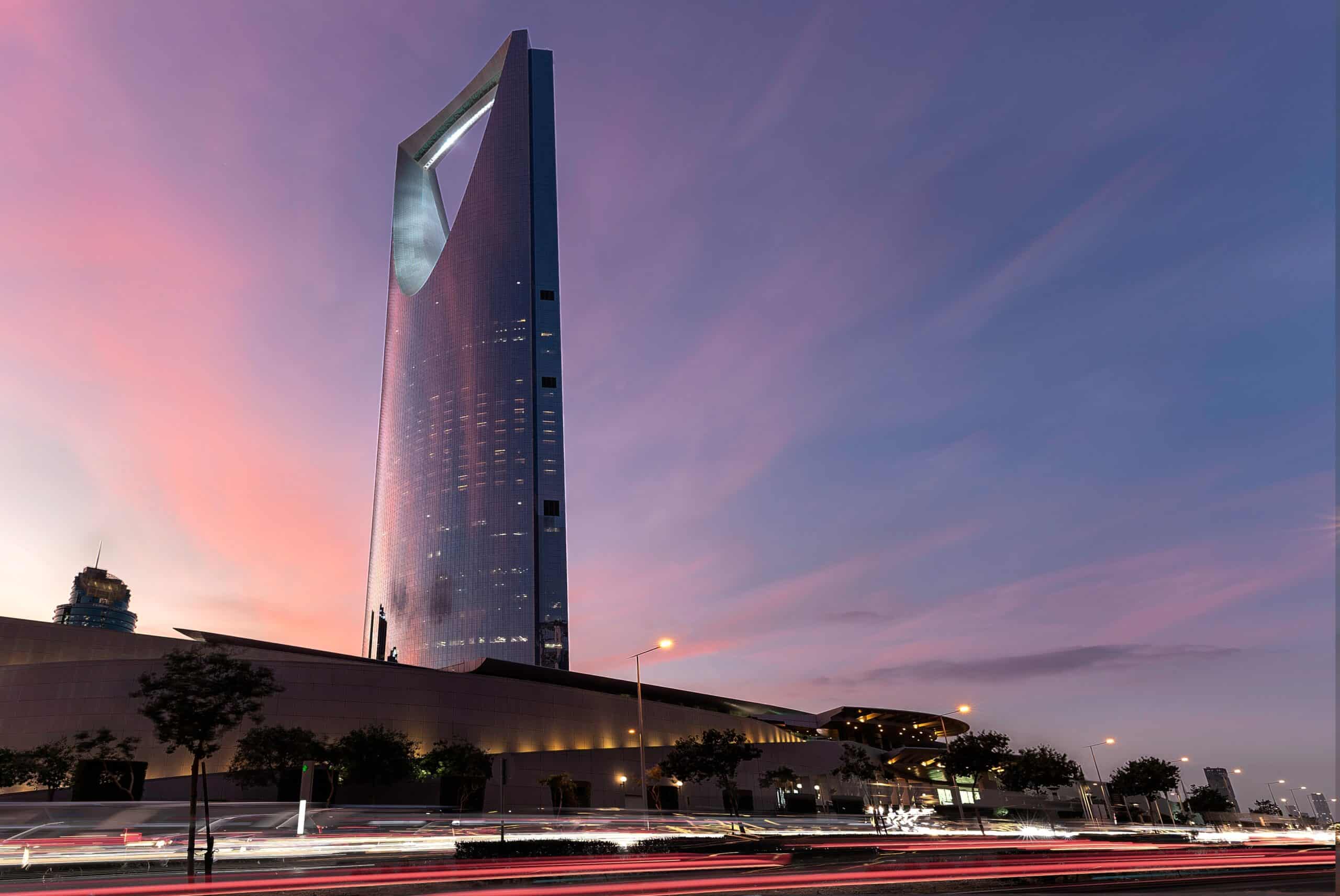
The Kingdom Centre, completed in 2002, is a striking skyscraper in Riyadh, standing at 302 meters. Its most distinctive feature is the 56-meter-high sky bridge near the top, which creates an iconic silhouette and offers panoramic views of the city. The Kingdom Centre houses offices, a luxury hotel, and a shopping mall, making it a multifunctional hub in the heart of Riyadh. Its unique design and prominent location have made the Kingdom Centre a symbol of Saudi Arabia’s modernization and economic development.
This article originally appeared on Rarest.org.
More from Rarest.org
12 Most Endangered Amphibians in the World

Amphibians have thrived on Earth for millions of years, yet many species are now teetering on the brink of extinction. Read more.
10 Most Expensive Large Dog Breeds
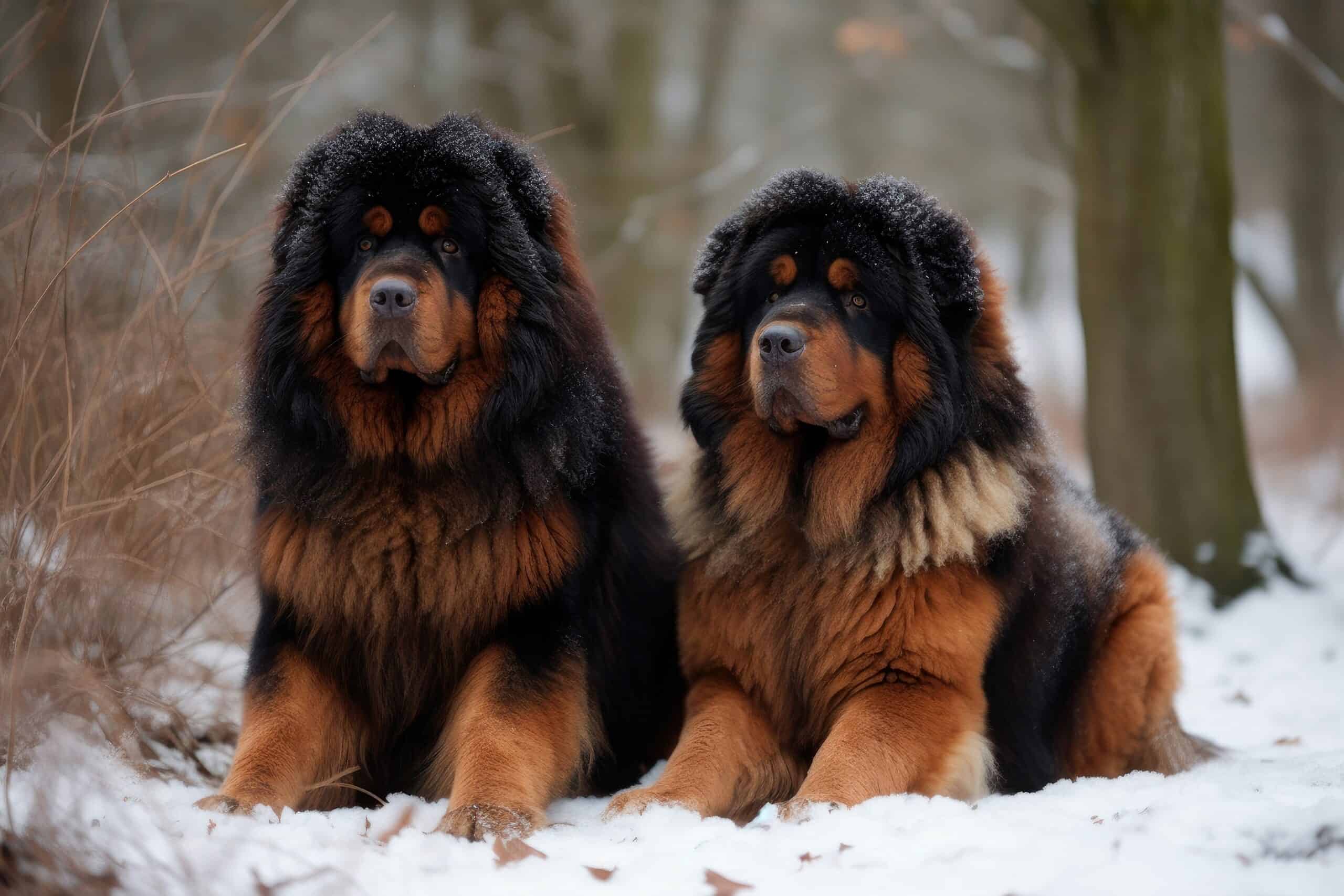
When it comes to large dog breeds, their size, strength, and majestic presence often come with a hefty price tag. These dogs are not only impressive in stature but also in the cost of acquiring and maintaining them. Read more.
The 19 Most Haunted Places in New England
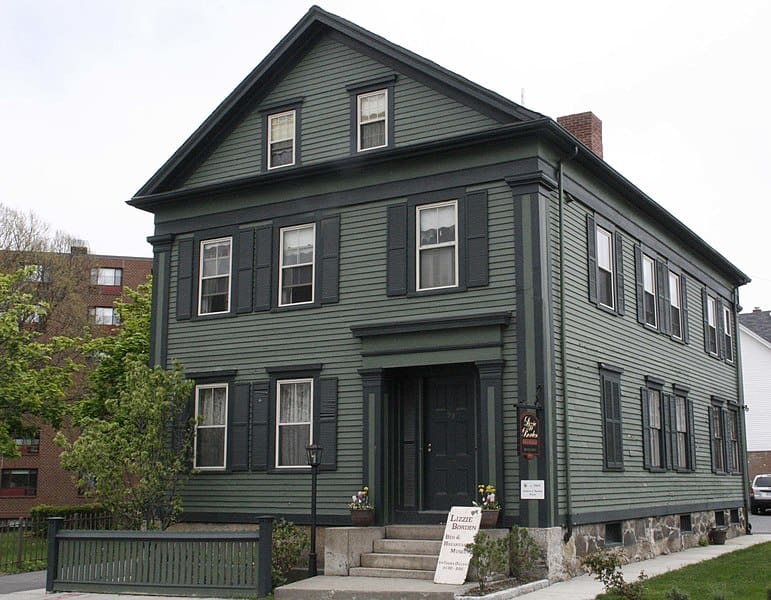
New England is renowned for its picturesque landscapes and rich history, but it also harbors some of the most haunted places in the United States. Read more.
